Remote Stay and Lifestyle Experience at Rural Villages of Nepal
Rural life made everything the best of lifetime from health, food and the nature. The remote life experiences in ancient villages of Nepal are out of this world where soul meets satisfaction.
Introduction
Rural life has been the primary identity of the Nepalese social structure since the beginning of its civilization. The antique and unique rural villages of Nepal has only wonders to offer for the travelers of this generation. Now the travelers from around the world has the last opportunity to experience those antique village life experience by staying with the last generation of native villagers. Most of the country’s population lives in rural areas, with only a tiny percentage residing in urban cities. From the 17th century onwards, Nepal became one country after the Great King Prithvi Narayan Shah unified the previously dissected regions. Panauti, the oldest village in Nepal, dates back to the 7th century and was once a bustling trade center for the ancient Silk Road network. Due to geographical challenges and the preferences of the rulers, the rural lifestyle became the most popular way of living until the mid-19th century. Most of the land in this country is fertile, and because of this, there was no need to search for food, making the remote villages independent in themselves. The domesticated animals such as cows, buffaloes, and goats were essential to the communities for both agricultural purposes and daily necessities. After the end of the 19th century, the cities that were developed recently are significantly different from the remote villages which used to be the most vibrant social examples of that time. The domestic conflict between the government and the Maoist Revolutionary Party largely aided the internal migration from these villages to the cities. People searching for modern facilities and more luxury in life moved to cities, leaving the villages the least dense. Over time, ancient villages were able to gain more wilderness due to fewer human activities in the specific region. As a result, they have remained intact with minimal modifications in their originality. Today, we can still experience the time-paused remoteness and wilderness in these remote villages of Nepal.
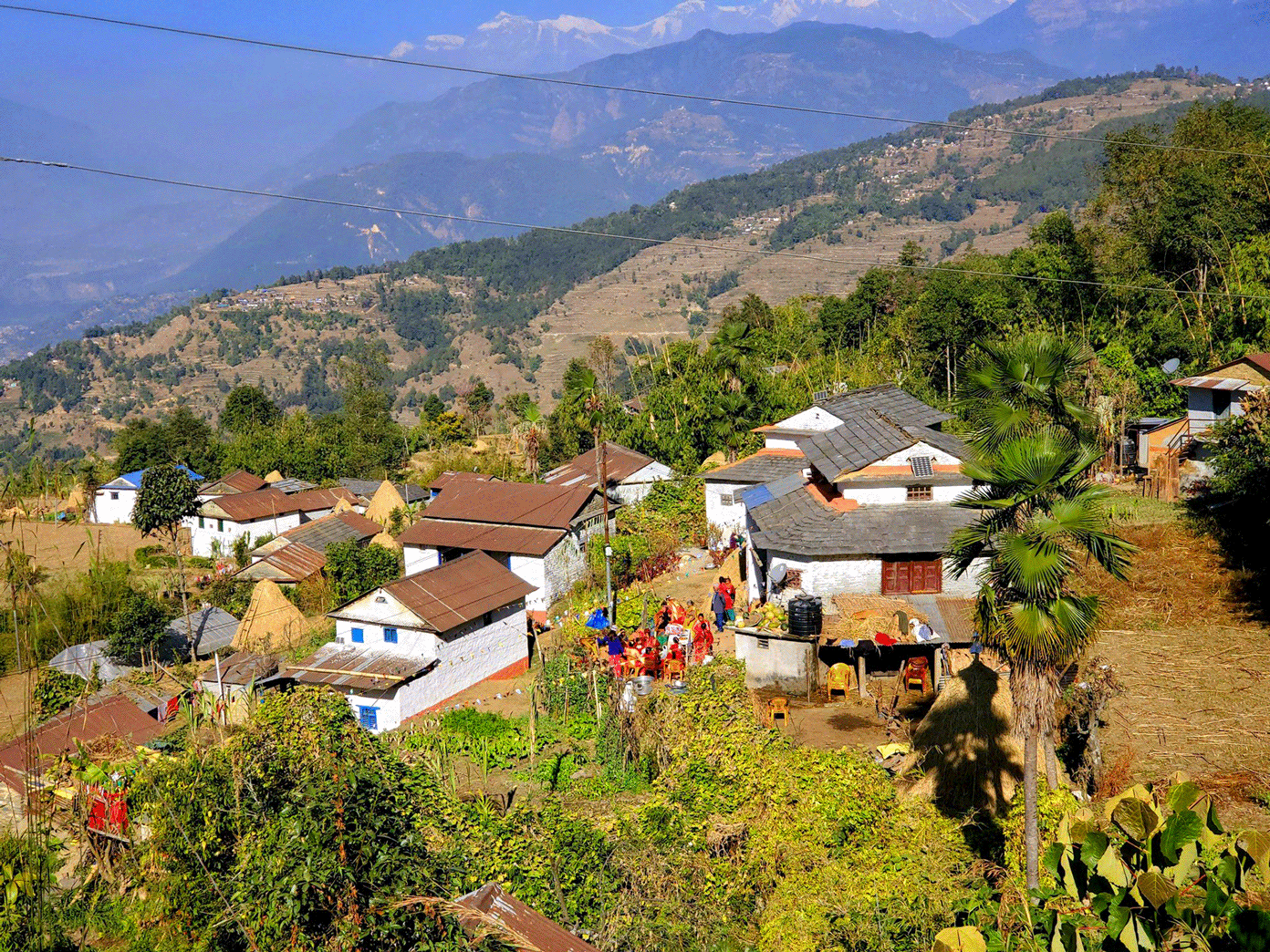
Present features of rural villages of Nepal
People who chose to remain in historical villages still practice traditional customs passed down through generations. The local festivals, way of living, and entities passed down to present-day villagers can be traced back to their ancestors. The social structures, infrastructure, and community bonding in these villages are unique and easily recognizable in the village’s appearance and the behavior of its inhabitants. The villagers still worship nature as a deity, consume only natural products grown with primitive tools and techniques, and celebrate age-old festivals that have been passed down through generations. The houses in villages are constructed using natural materials, such as stones and wood, with minimal use of metals. The walking trails have remained intact for centuries and are relatively easier to walk compared to the trails built in modern times. The food in villages is healthier and more nutritious than the processed foods in markets today. The cultural practices are more humble, vibrant, and connecting than those practiced in modern societies. The behavior of villagers is more trustworthy, practical, and authentic than the expressional behaviors of modern civilians who rely solely on book knowledge rather than real experiences. Extremely helpful and kind features in the rural villages of Nepal.
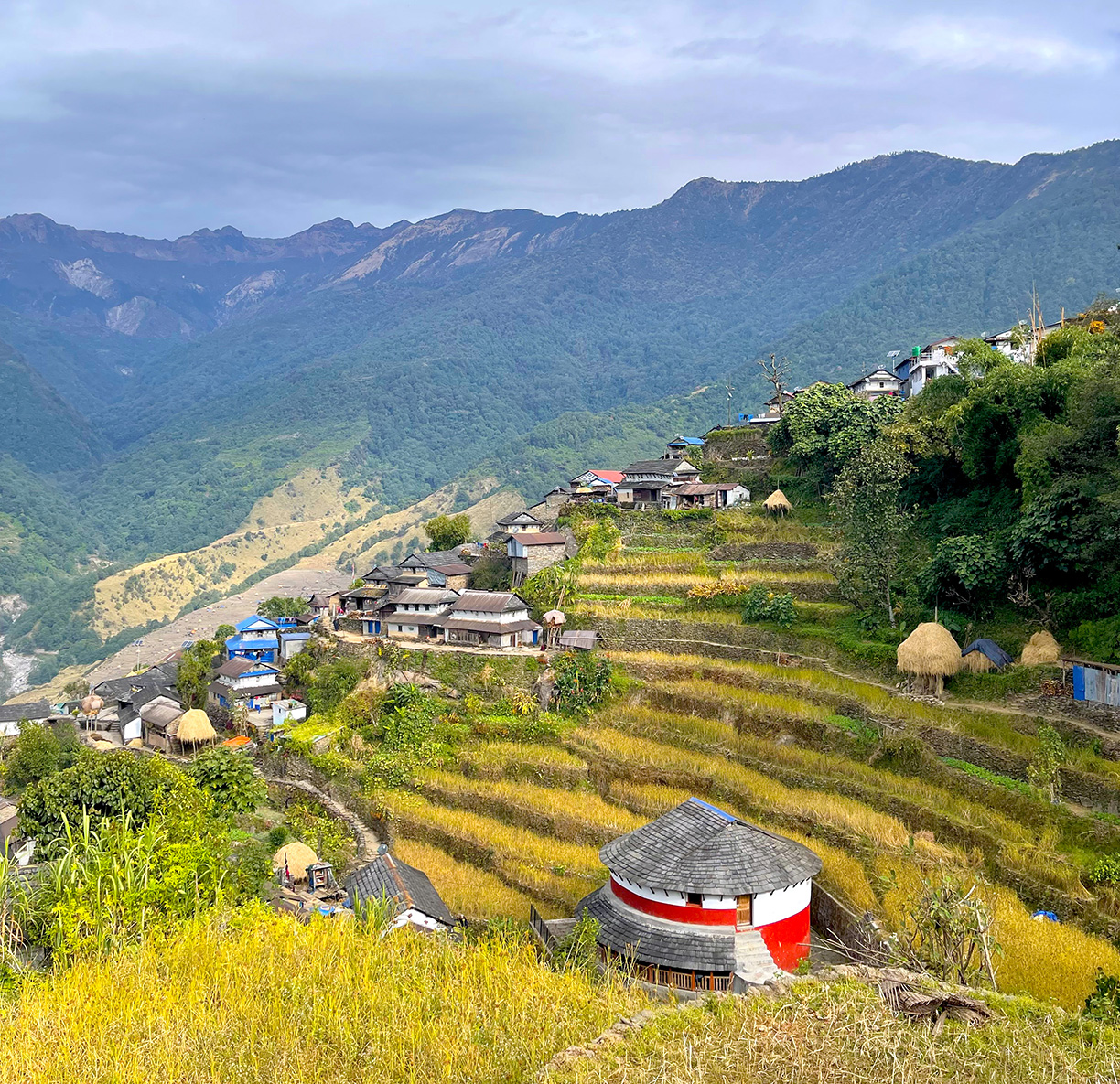
The remote villages of Nepal are mostly dominant with certain ethnicities, if not mixed in only some of them. The same cast people with equality in their races and systems have lived together in specific parts of the country, making it their villages, giving rise to their own kind of practices and belief system. This process has eventually given rise to unique diversity in characteristics among the villages of Nepal. The village society had hereditary membership, traditional occupation, commensality rules, and purity, which are some of the caste system’s major features (Berreman 1972). It is culturally constructed and is the product of Hinduism. Until now, Hinduism remained the dominant religion followed by the people of this country. Though there is a cast system in place, most of the village members cooperate with each other on certain occasions such as weddings, funerals, festivals, worship of the village deity and thatching or building of a new house, and so on. This clearly symbolizes the harmony among the Nepalese community’s widely diverse socio-cultural values. The historical values of this country’s old and newly formed societies are curated and carried by generations to this state. The formation of this country is connected with the history of the Gorkha state, which goes back to 1559 when Dravya Shah established a kingdom in an area chiefly inhabited by Magars. During the 17th and early 18th centuries, Gorkha continued a slow expansion, conquering various states while forging alliances with others. Prithvi Narayan dedicated himself early on to the conquest of the Kathmandu Valley. Recognizing the threat of the British Raj in India, he dismissed European missionaries from the country, and for more than a century, Nepal remained in isolation. This has hugely helped to preserve the originality of rural life in those remote villages of Nepal.
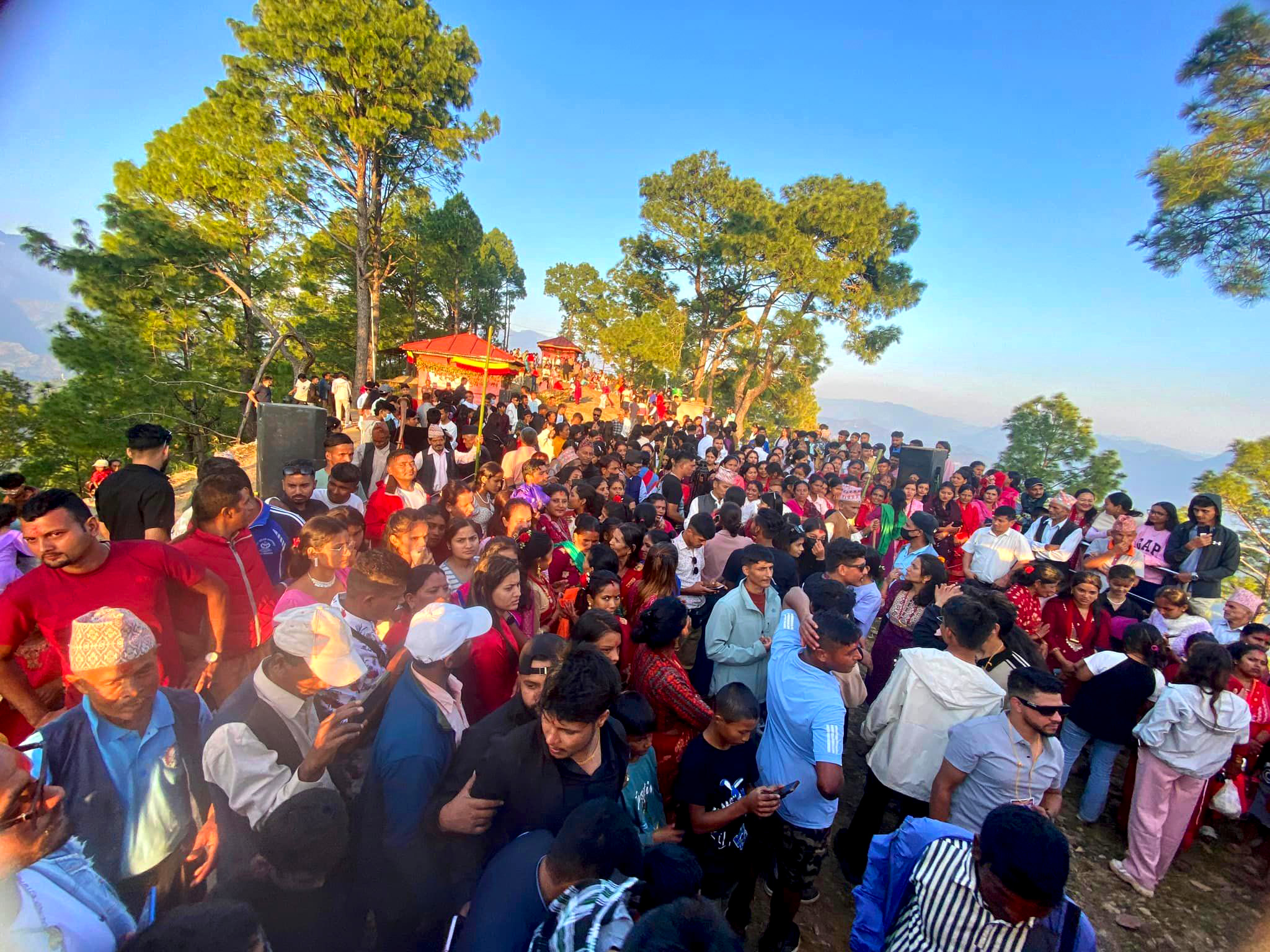
There are variations in daily life practices depending on the geographical location of the villages. The villages in this country’s mountains, hills, and tarai region have their own kind of practical utilities and techniques that suit best based on their geographical locations. In the Himalayas and hills, the grains are grinded with the help of Pani Ghatta(a Grinder that works with the help of flowing water), have Dhiki and Jhato in almost every house to work with daily household grain processing like rice, corn, or millet. The agricultural fields are terraced and distributed in a row from top to bottom of any hills irrigated with the natural flow of water brought to the field by small hand-terraced tunnels made to flow from higher elevations to lower. But in the Tarai region village, the tools and techniques are more influenced by Indian civilization.
Eco-friendly Farming and its tool’s images in rural villages of Nepal
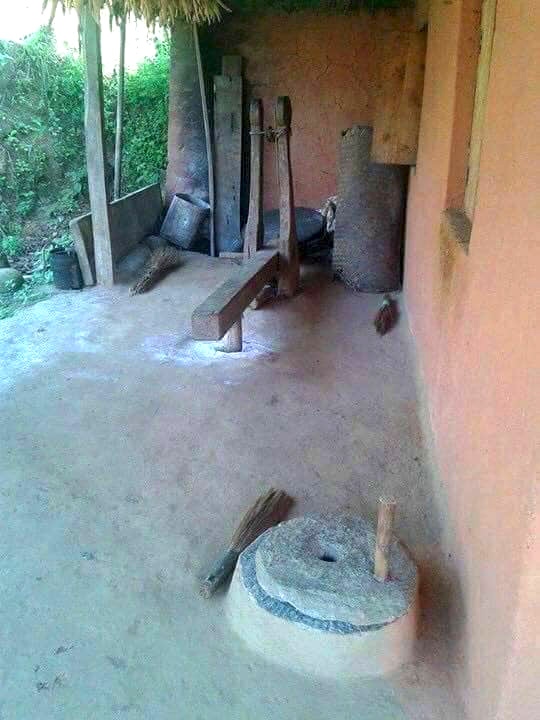
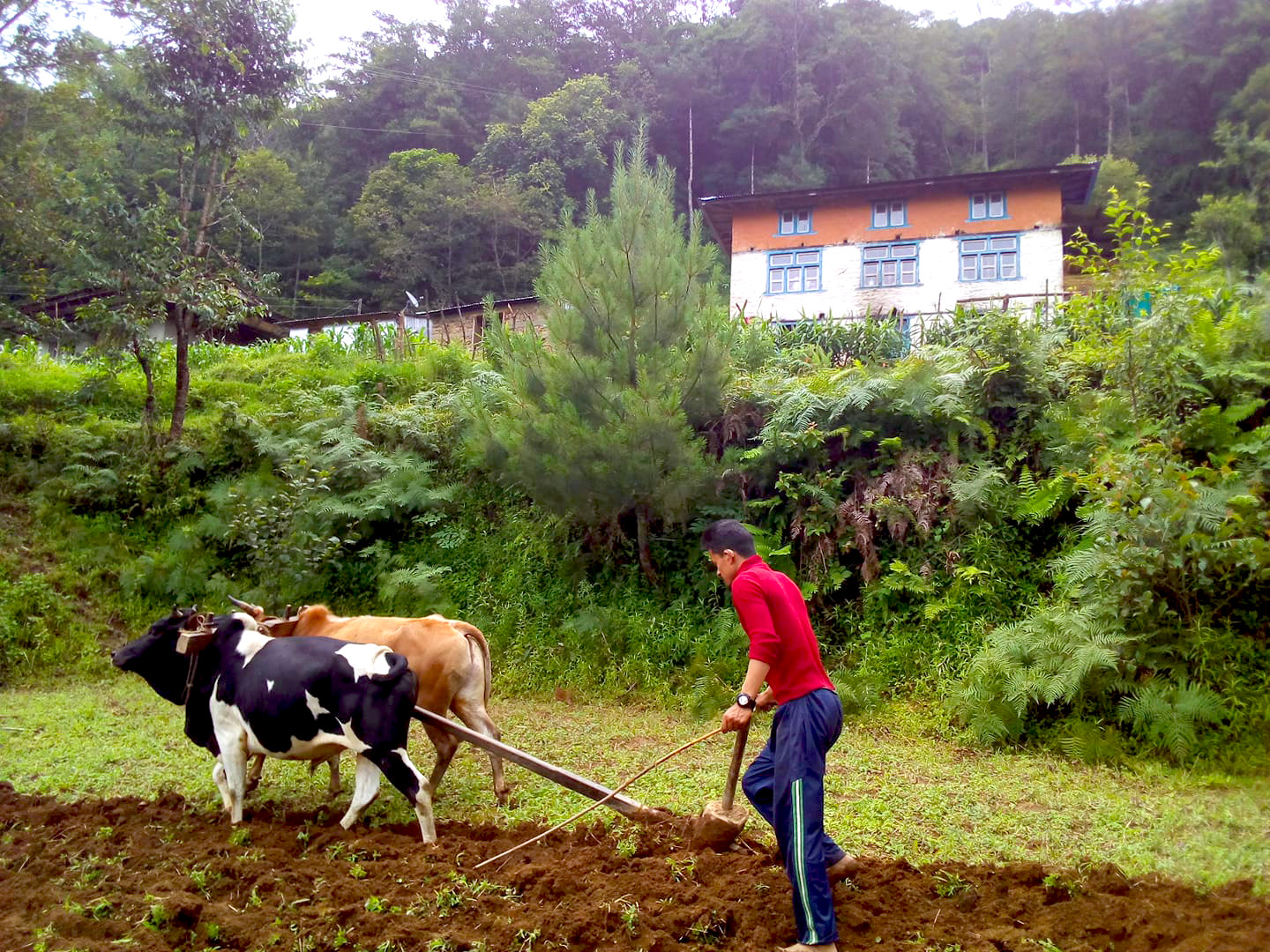
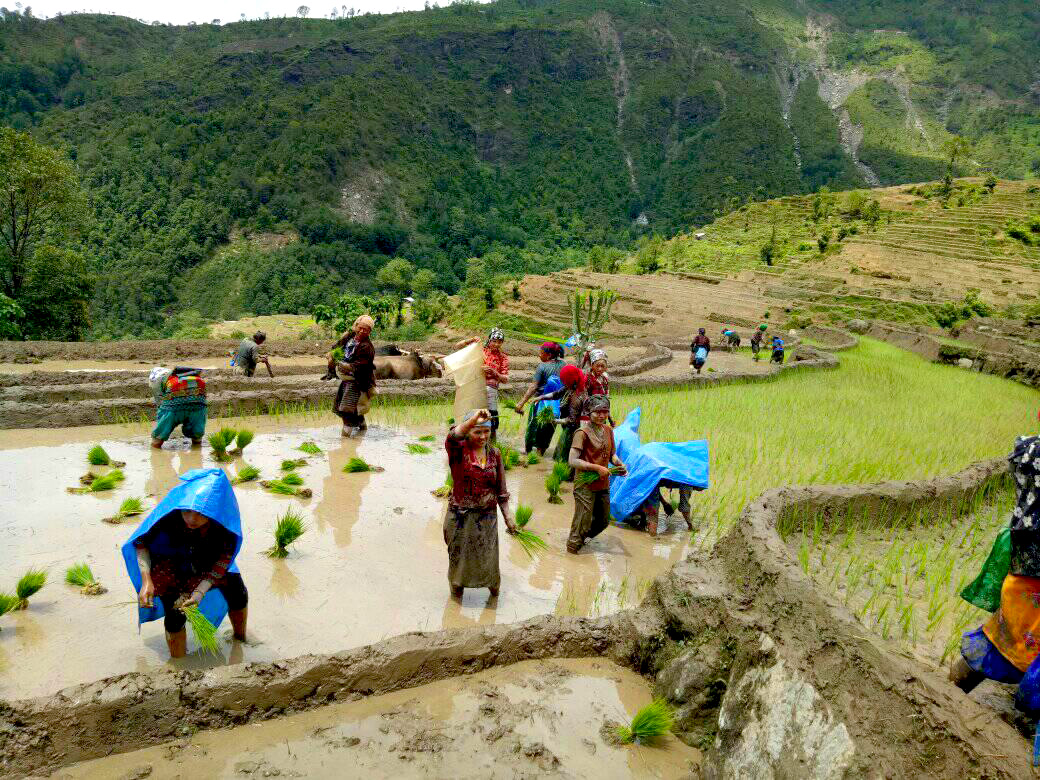

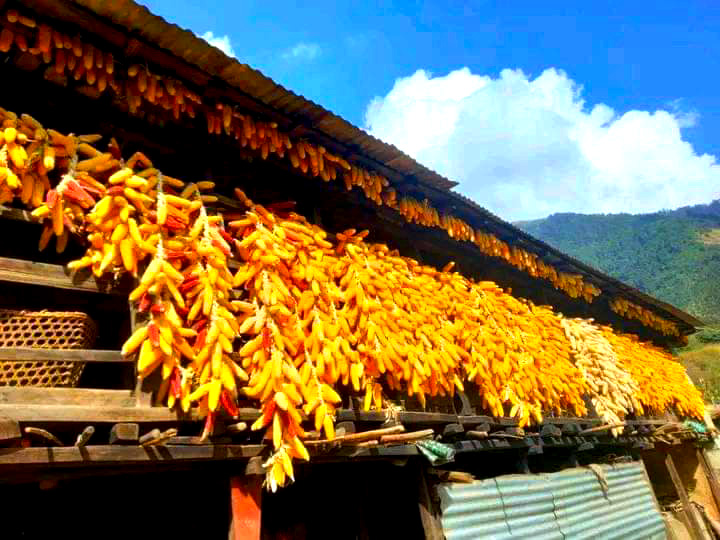
People living in rural areas of Nepal tend to have a lower frequency of sickness compared to those living in urban cities of the country. Moreover, the life expectancy of individuals who live in remote areas and follow traditional lifestyles is approximately 40% higher than those living in modern societies. The happiness and satisfaction indicators of people practicing rural life are observed to be higher than those of city dwellers. People in the remote life experience have nothing to worry about except sustaining their daily life with good health, good food, and clothes as per the climate. They are involved in recreational activities and celebrations more profoundly and often than in cities. Also, they live a sovereign life in those remote villages without the direct influence of superiors other than their family elders, who would rather handle youngsters with love, affection, and selflessness.

The modernization approaches of the government are gradually ruining the existence of those remote and wild villages. The random construction of so-called modern infrastructures has literally decreased the serenity of those villages and people living here. Though the number of people in these villages decreased due to the movement of younger generations to the city areas, the huge investments in recent years to develop this village made it lose its authenticity. But still, there are 100s of villages that are intact and have been able to save its originality. This happened with its fortune or the broad understanding of the local people living in these protected villages. For instance, Bhujung village, Ghandruk Village, Narphu Village, Bhumlichok Village, Kashi Gaon, Samagaon, Thame Village, Siding Village, Khumjung Village, and many others in remote parts of Nepal are getting wilder and carrying legendary historical values with them.
Best rated Himalayan rural villages pictures of Nepal:
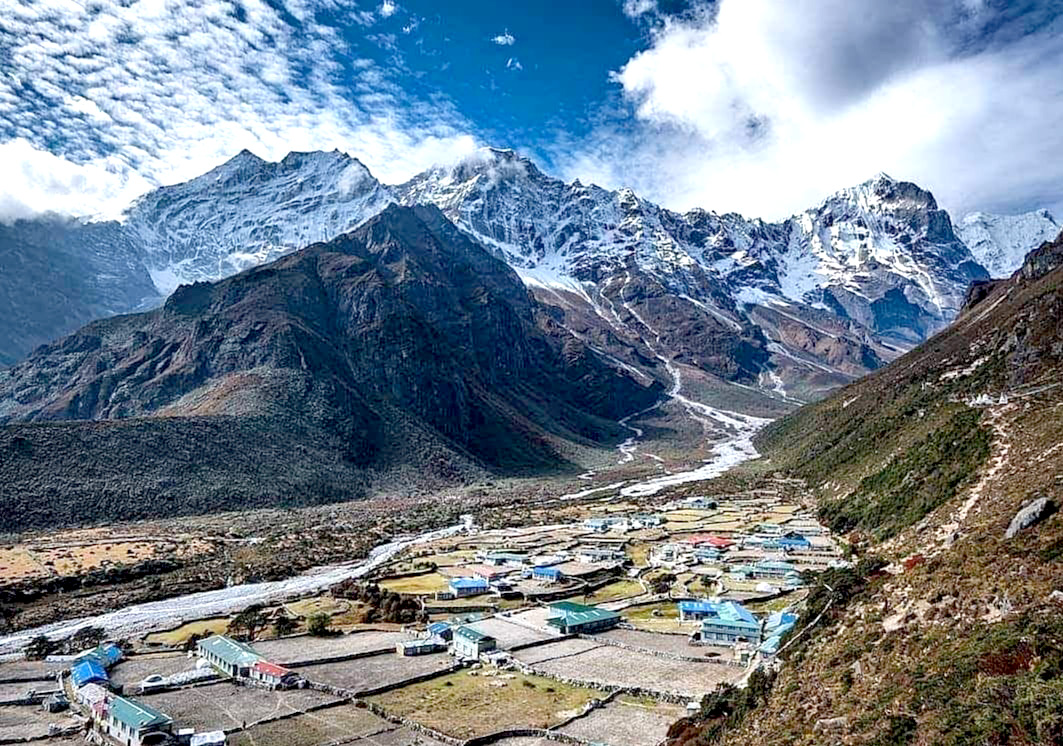
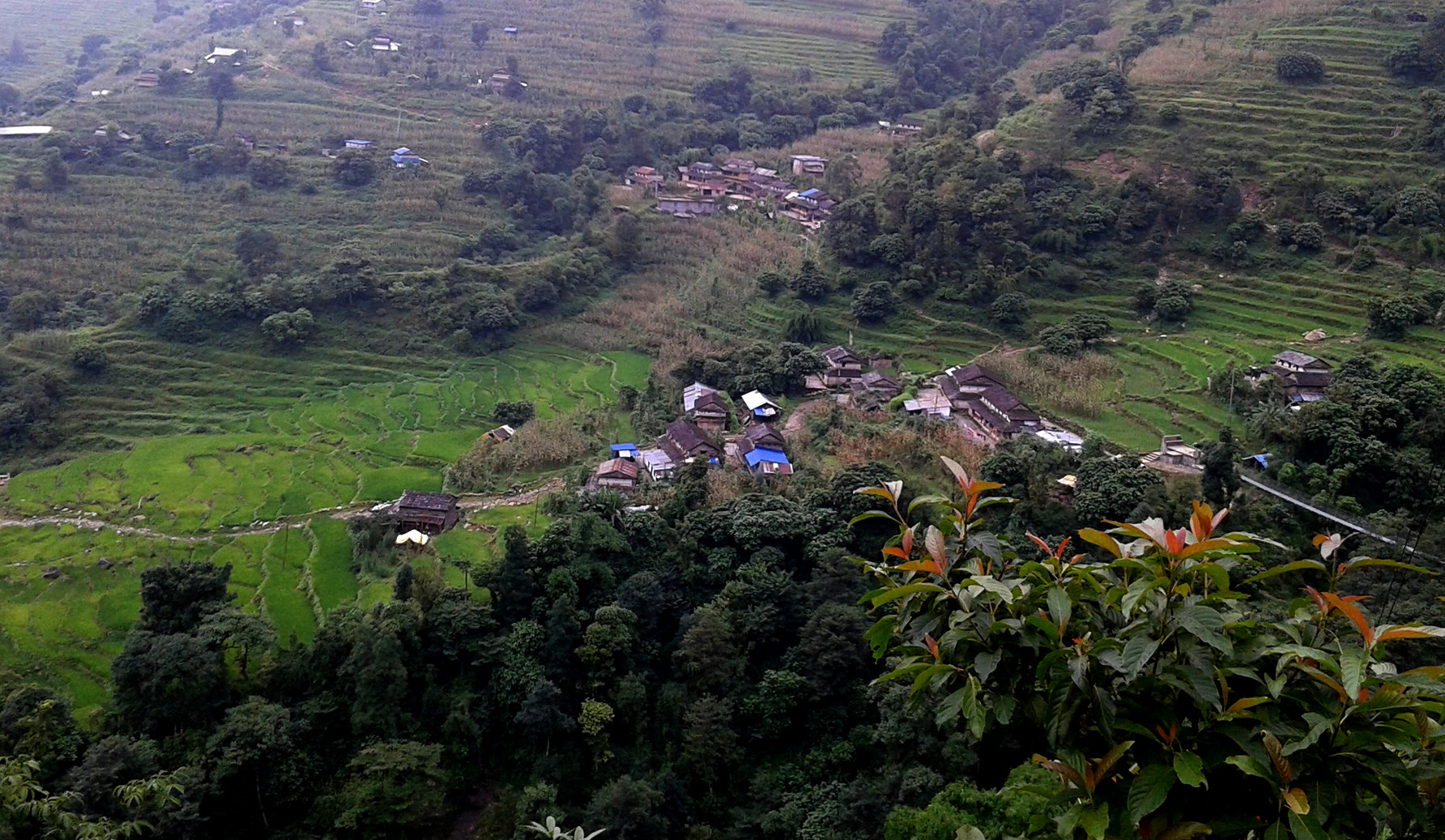
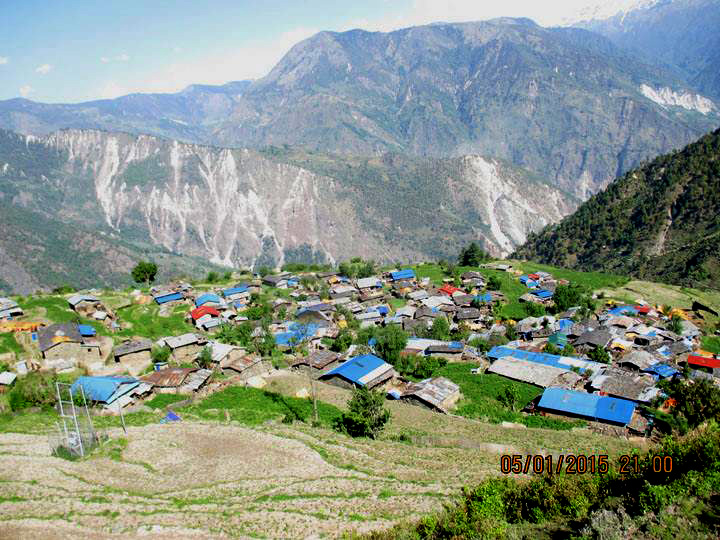

Visiting remote sides of the world is highly recommended because we never know when they will go extinct. The risk of their extinction is higher as time passes due to natural phenomena like earthquakes, floods, or others. Also, on the other hand, the corrupt governments of this era only aimed at making more money rather than preserving the values that those ancient monuments could carry. The pressing issue of climate change and all those sufferings brought together by modernization can be seen from different perspectives if we see those rural lifestyles in remote areas of the country. The collapse of all those living history is on the brink because of climate change impacts and the rapid modernization actions which the local people can never stop. Nepal, being on the lap of the Himalayas, has always successfully preserved the authenticity of those old traditions and the structure for any interested travelers from around the world to visit. Any interested visitors of those remote and wild civilizations in Nepal are heartily welcomed with a chance to experience everyday rural life with the locals themselves. This will be a ; lesson learned out of the textbook and carries the highest value in modern ages since it will someday go extinct.
